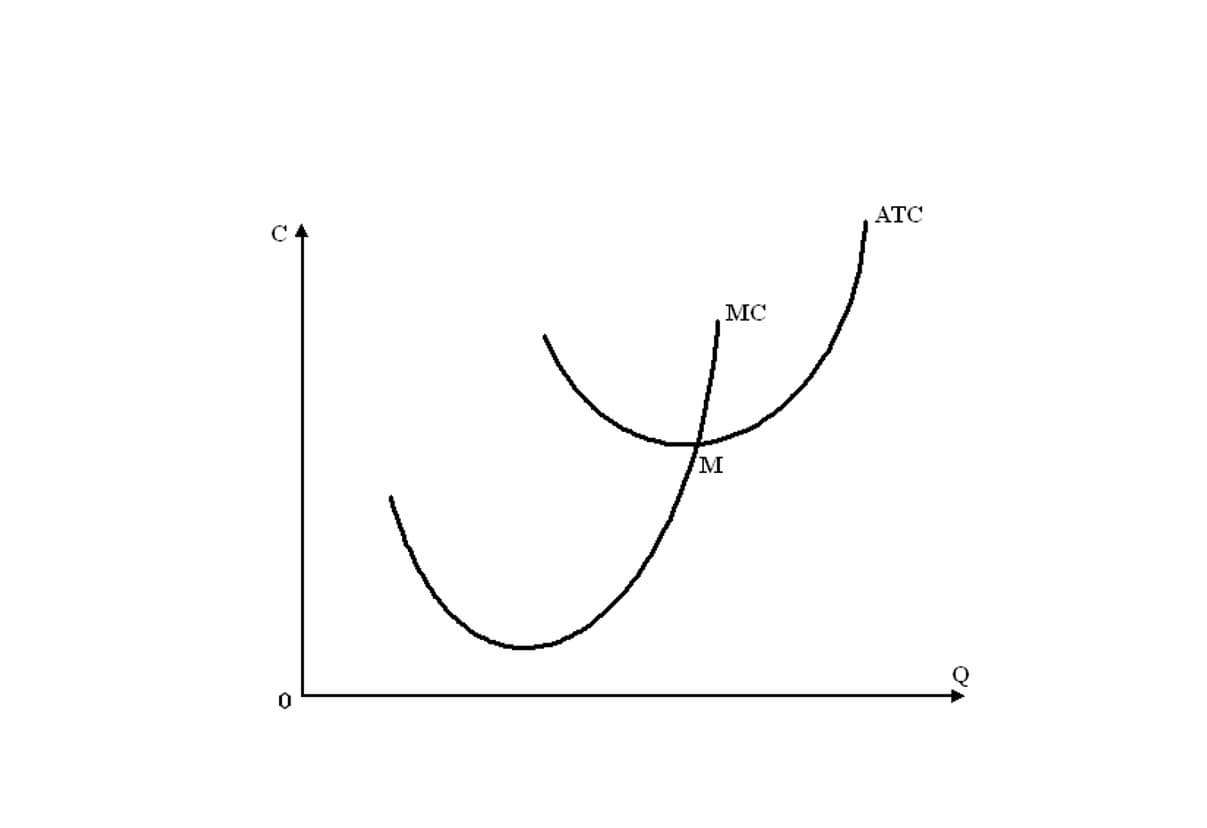
You can easily ascertain the financial status of your company or business when you keep an accurate bookkeeping system. For the past balance per books 52 years, Harold Averkamp (CPA, MBA) hasworked as an accounting supervisor, manager, consultant, university instructor, and innovator in teaching accounting online. For the past 52 years, Harold Averkamp (CPA, MBA) has worked as an accounting supervisor, manager, consultant, university instructor, and innovator in teaching accounting online. E-filing is generally preferred, providing faster processing, preventing mail delays/errors, and enabling online tracking.

Definition of Book Balance

The month-end bank statement would not reflect the debit if Company XYZ did not deposit it before the end of May. As a result, ABC’s bank balance would appear as if those funds are still available when, in fact, they have been spent. Let’s say Company X sends Company Y a check on August 25.The debit would not show up on the month-end bank statement if Company X did not deposit it by the end of August. As a result, even if those funds have been used, X’s bank account would show that they are still available. The sum of the values in each column, less the liabilities from the assets, should equal the equity of your company.
- By doing this, she can be sure that her company is still on course for annual growth even if few months see a little decline in demand for her services.
- Recall that the adjustments to the balance per BOOKS will require accounting entries for the items to be posted to the company’s general ledger accounts.
- Compare every amount on the bank statement (or in the bank’s online information) with every amount in the company’s general ledger Cash account and note any differences.
- So in summary, Schedule L provides a snapshot of the partnership’s assets, liabilities, and partners’ capital as recorded in the partnership’s books and records for tax reporting to the IRS.
- Reconciling is the process of comparing the cash activity in your accounting records to the transactions in your bank statement.
- Ensuring an accurate book balance can help companies manage the monthly cash flow activities, which includes cash coming in and cash being paid out from the company.
- These include our visual tutorial, flashcards, cheat sheet, quick tests, quick test with coaching, and more.
Do you already work with a financial advisor?
For simplicity, our examples and discussion assume that the company has only one checking account with one general ledger account entitled Cash. You can earn our Bank Reconciliation Certificate of Achievement when you join PRO Plus. To help you master this topic and earn your certificate, you will also receive lifetime access to our premium bank reconciliation materials.
- You can easily ascertain the financial status of your company or business when you keep an accurate bookkeeping system.
- The schedule breaks down a corporation’s assets, liabilities, and shareholders’ equity into categories for reporting to the IRS.
- Bank Example 2 showed that the bank debits the depositor’s checking account to decrease the checking account balance (since this is part of the bank’s liability Customers’ Deposits).
- The bank reconciliation also provides a way to detect potential errors in the bank’s records.
- Properly filing Schedule L documents the business’s assets, debts, and owners’ equity for tax compliance.
Conclusion: Mastering Schedule L for Accurate Tax Reporting
- Following the IRS instructions for Schedule L carefully prevents math errors or incomplete data.
- As a result, a company’s book balance would be lower than the bank balance until the checks have been deposited by the payee into their bank and presented to the payor’s bank for payment to the payee.
- Checks which have been written, but have not yet cleared the bank on which they were drawn.
- When debits and credits are processed through the bank account, those amounts are reflected in the bank account’s cash balance.
- The entry on the books of the company at the time the money is received in advance is a debit to Cash and a credit to Customer Deposits.
- For instance, if a business issued multiple checks, those sums would be shown in the book balance and would be compared to the cash balance in the bank account at the conclusion of the accounting period.
Checks deposited, particularly on the last day of the month, may not be credited by the bank until they are collected from the drawee’s bank. A payment is made by the bank on behalf of the account holder income summary without the latter issuing a check (e.g. standing order payments for rent or insurance premiums). An asset account in a bank’s general ledger that indicates the amounts owed by borrowers to the bank as of a given date.
However, with today’s online banking a company can prepare a bank reconciliation throughout the month (as well as at the end of the month). This allows the company to verify its checking account balance more frequently and to make any necessary corrections much sooner. Bank Example 2 showed that the bank debits the depositor’s checking account to decrease the checking account balance (since this is part of the bank’s liability Customers’ Deposits). Bank Example 1 showed that the bank credits the depositor’s checking account to increase the depositor’s checking account balance (since this is part of the bank’s liability Customers’ Deposits).


The balance per books is the ending balance in the accounting records of an organization, while the bank balance is the ending cash balance in an organization’s bank account, according to its bank. These two balances are rarely the same, due to such adjusting items as uncashed checks, deposits in transit, and bank account fees. The IRS requires S corps to keep detailed accounts and records that sufficiently reflect income, deductions, credits, and other information that determine tax liability. This includes maintaining updated balance sheets that outline the company’s assets, liabilities, and equity. In the past, it was common for a company to prepare the bank reconciliation after receiving the monthly bank statement and before issuing the company’s balance sheets.


